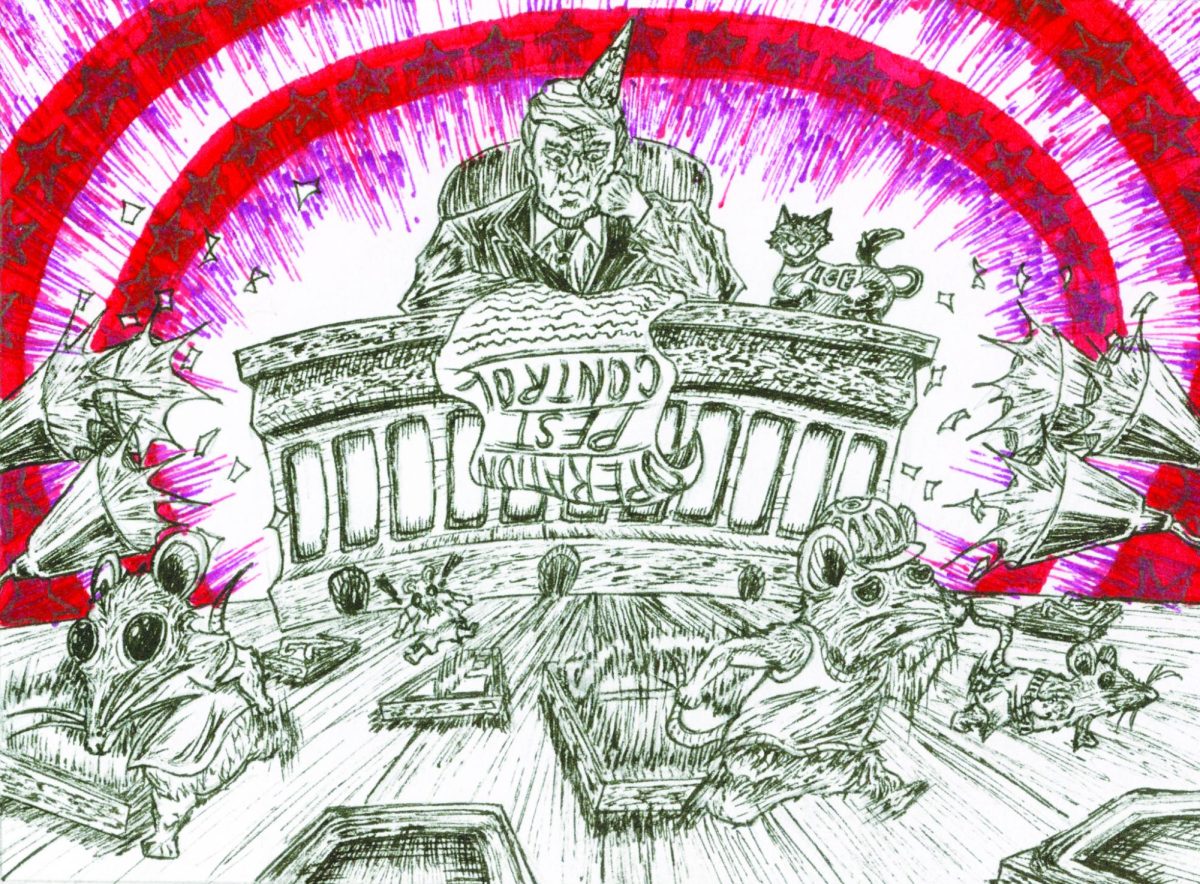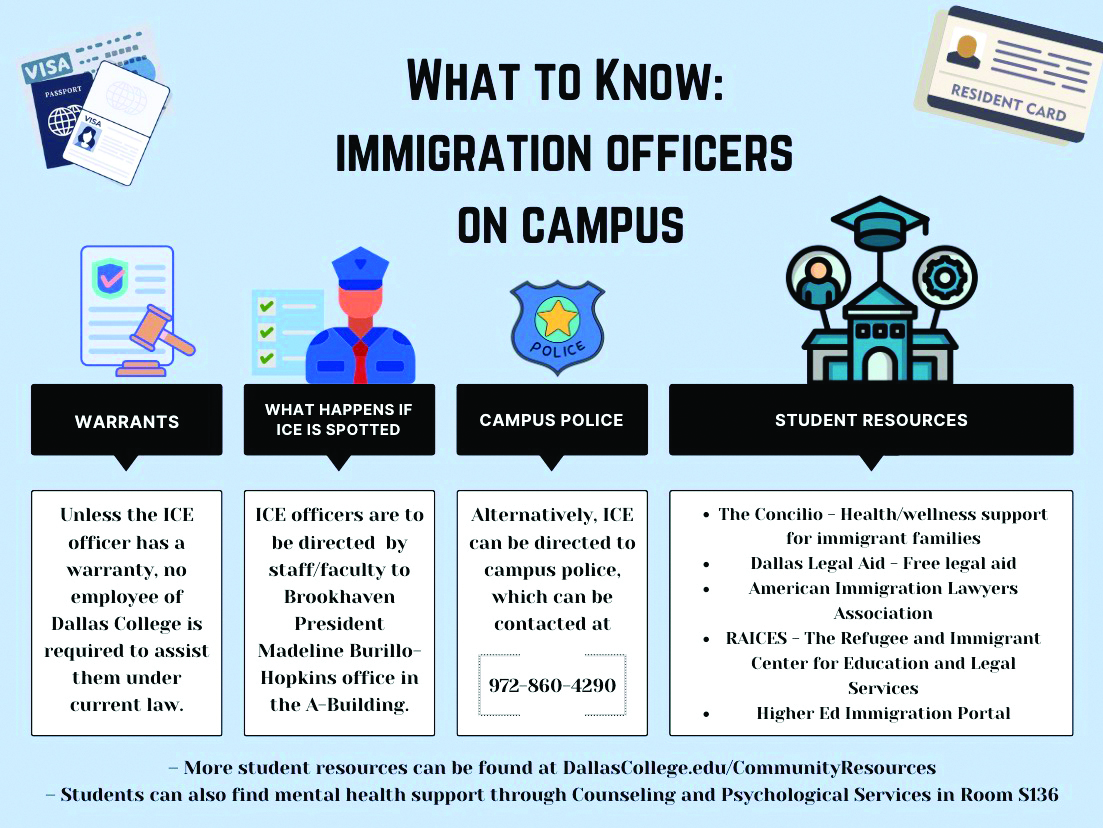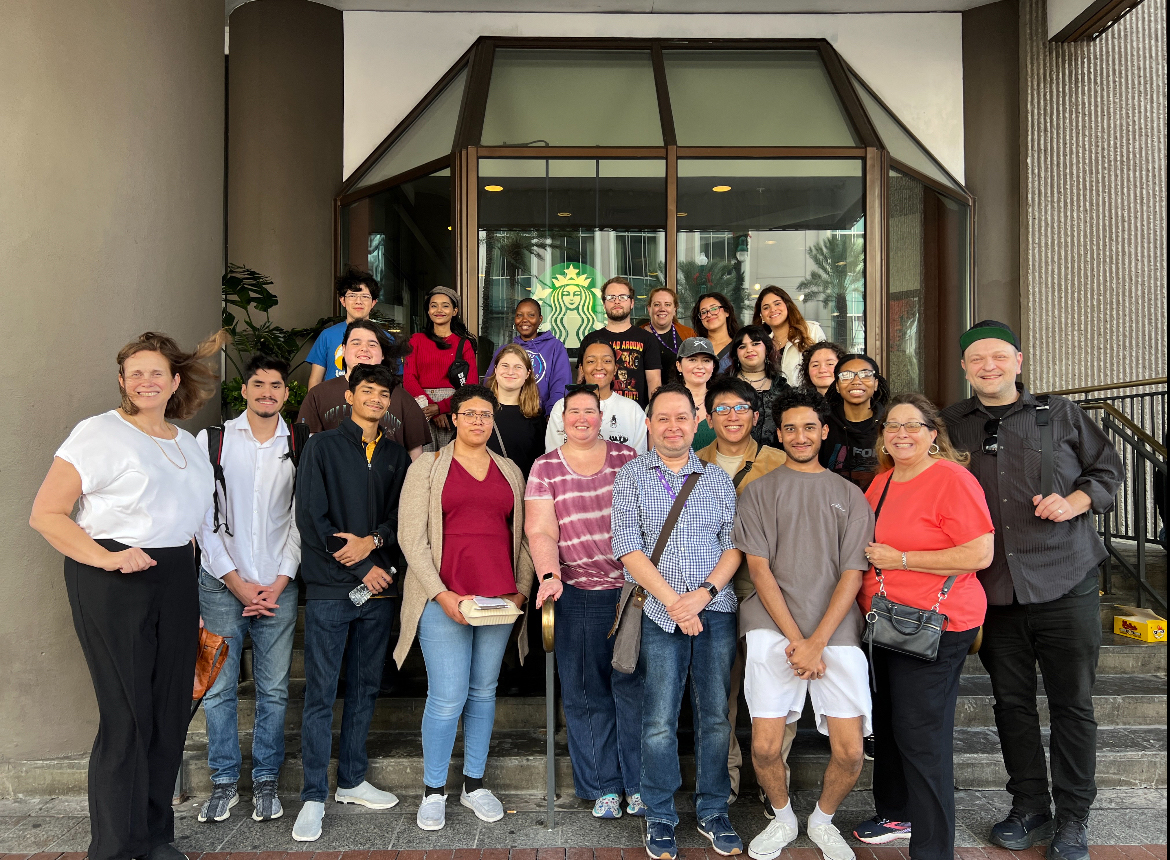President Donald Trump has started his return to presidency on Jan. 20. It has been roughly three months, so far, and he has signed roughly 100 total actions; 99 of them being executive orders. These orders have been trusted and verified by The White House, law firm sites and news sources, though this new agenda is changing daily. Here are the topics of most discussion:
World Health Organization
Trump has signed many executive orders as soon as he stepped into office during the month of January; he’s signed at least 20 executive orders on the first day. One of the first orders he signed was withdrawing the United States from the World Health Organization. The WHO is a U.N. agency that oversees exchanging anything that can threaten public health. Withdrawing from the WHO can block the U.S. from receiving any kind of medical information or assistance from the rest of the world.
Immigration
The next major change regards adjustments to immigration. Immigration tends to be a controversial and sensitive topic. One of the first orders Trump initiated was to “Secure Our Borders.” The White House further explained the order as to secure and monitor the borders to make sure nothing dangerous can pass through them – they have the right to detain any illegal aliens in suspicion of violating federal or state law.
The next order that relates to this is “Guaranteeing the States Protection Against Invasion.” This order will suspend all entry, mainly in the southern border, to people who fail to provide significant information such as medical, criminal and background history to a federal official until they are further approved. The White House further explained that anyone who doesn’t comply with the demands for necessary documentation will be moved. However, those who used the Visa systems are not permitted to enter until it’s been established that they are eligible to be admitted as a matter of law. The goal for this order is to further halt the influx of people coming in.
These two orders are, in some ways, correlated with their goal in regard to “Protecting the United States From Foreign Terrorists and Other National Security and Public Safety Threats” and “Designating Cartels and Other Organizations as Foreign Terrorist Organizations and Specially Designated Global Terrorists.” These orders explain the many dangerous and threatening crimes that have been putting the lives of many at risk. The most activity has mainly been in the Southern Hemisphere, which led Trump to declare a national emergency at the southern border due to the high criminal activity.
Due to the Protecting the U.S. order, stricter rules regarding the border have been made. There are orders that regard citizenship, however the action for any order that opposes the citizenship purpose get blocked as a violation to people’s rights. As of Feb. 13, this order has been blocked by a fourth federal judge.
Diversity, Equity and Inclusion
The next order of topics Trump has condemned involves the workforce, more specifically regarding Diversity, Equity and Inclusion. DEI is a set of policies and practices that aim to create more welcoming and inclusive school and workplace environments. One executive order Trump is implementing is the “Ending Radical and Wasteful Government DEI Programs and Preferencing.” This will cause the removal of DEI/DEIA programs, policies and activities in the federal government. They claim that this is to better focus on rewarding “individual initiative, skills, performance and hard work.”
Following this order is Trump’s “Works to Remake Americas Federal Workforce” along with a “Hiring Freeze” to shrink the size of the federal workforce and limit hiring to essential positions. Agencies are required to hire no more than one out for every four employees, the employee in question must depart from the federal service with appropriate immigration, law enforcement and public safety expectation laws applied. These orders, along with the “Hiring Freeze” order, will halt many citizens from occupying a job.
Personal Identity
Other executive orders regard the personal identity of those who identify with the transgender community. On Day one in office, Trump declared that the federal government would only assign two sexes, male and female. These orders were all from the month of January, some being within the first day or week.
Additional Action
The month of February wasn’t as active – one executive order was initiated on the Feb. 18. This order was “Ensuring Accountability for All Agencies,” aiming towards the increase of the president’s supervision and control over the entire executive branch as well as independent regulatory agencies.
The month of February was the aftereffects of the orders that were brought in January. One major follow up was the Gulf of Mexico name change to the Gulf of America. Companies such as Apple, Microsoft and Google have already made the adjustment in their maps. However, due to the name change not being quite put into full-on order, the president of Mexico threatened to sue Google, since they have already changed the name without proper approval, making it a violation.
Updates on Orders
Other aftereffects of these executive orders regard immigration. There has been an estimated 36% decline of people coming into the U.S. within the month of January. Since Trump took office, arrests also declined at a rapid pace, with January totaling in an 85% drop in apprehensions from Jan. 21 – Jan. 31. Migrants apprehended at ports of entry declined by 93%.
The next and final known updates are Trumps orders regarding transgender people, as he has banned transgender women from women’s sports. In addition, since Trump made the federal government only recognize two sexes, people have seen new changes. An example of this is with IDs and passports, as Hunter Schafer, a well-known actress and a transgender woman, has said that her passport now categorizes her as male.
While Trump has been in office for over three months at this point, everyday there is something to be updated as there are still more changes to be made over these four years. Some are opposed to his changes. “What Trump is doing right now is actually more than horrible, it affects more people than some people realize,” Dallas College student Savannah Gordon said.
William Griggs, Dallas College adjunct instructor of government, said, “Many of the things he has proposed are questionable…but the courts have to decide that.”
So, what is next? The next opportunity to vote will be in 2026 when citizens vote in the midterm elections. “The best way to voice your opinion is to vote,” Griggs said.








